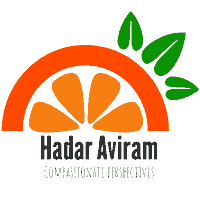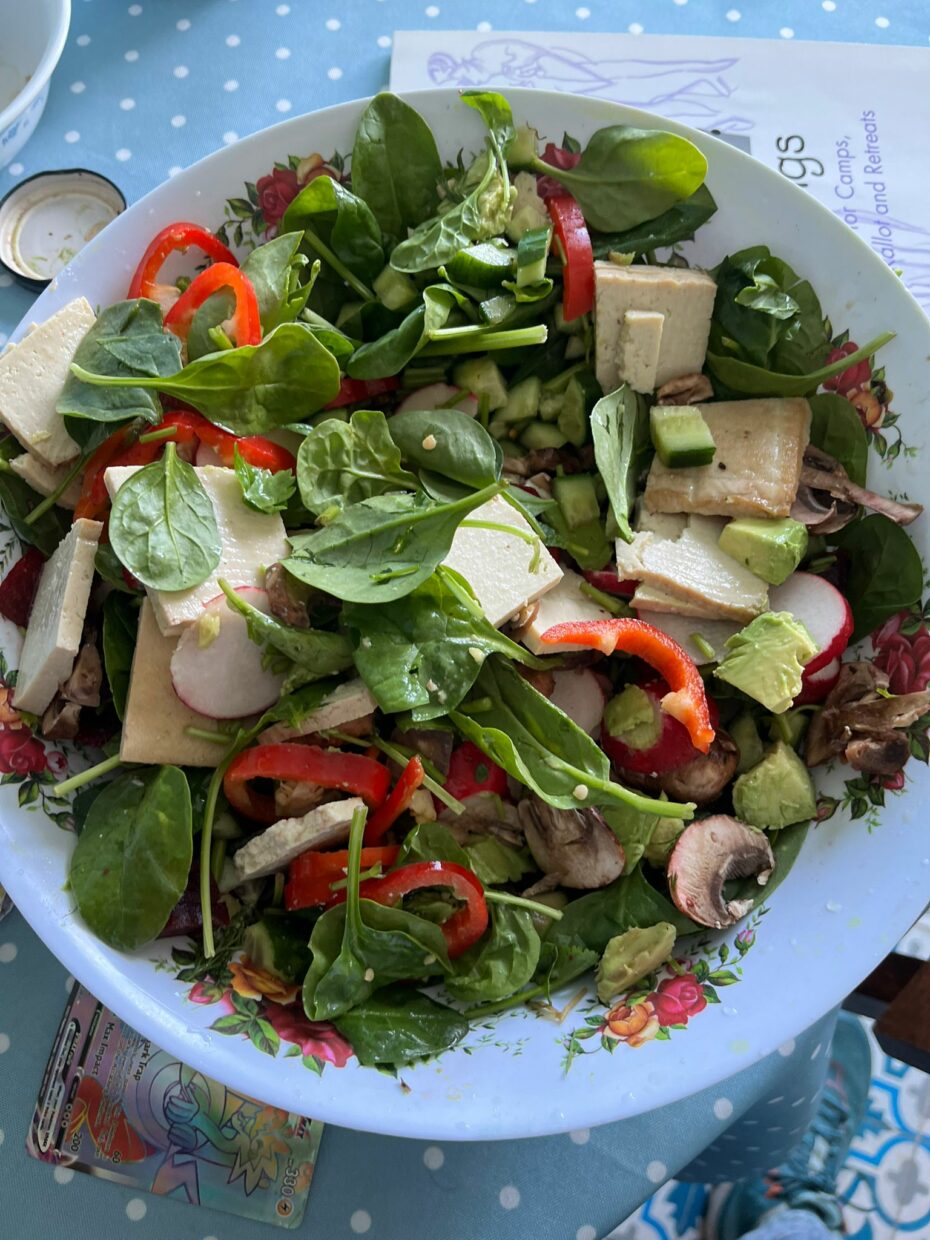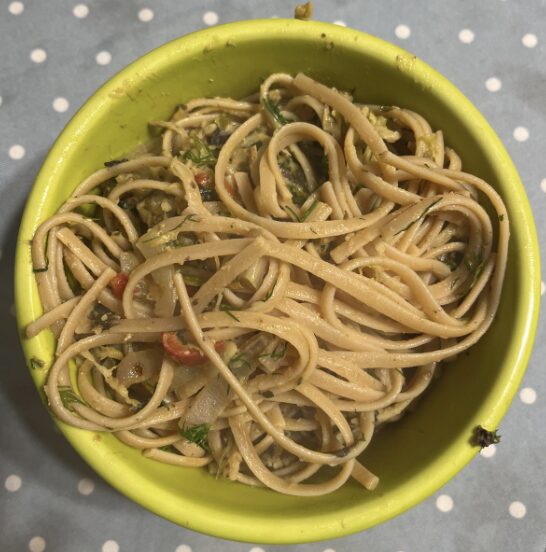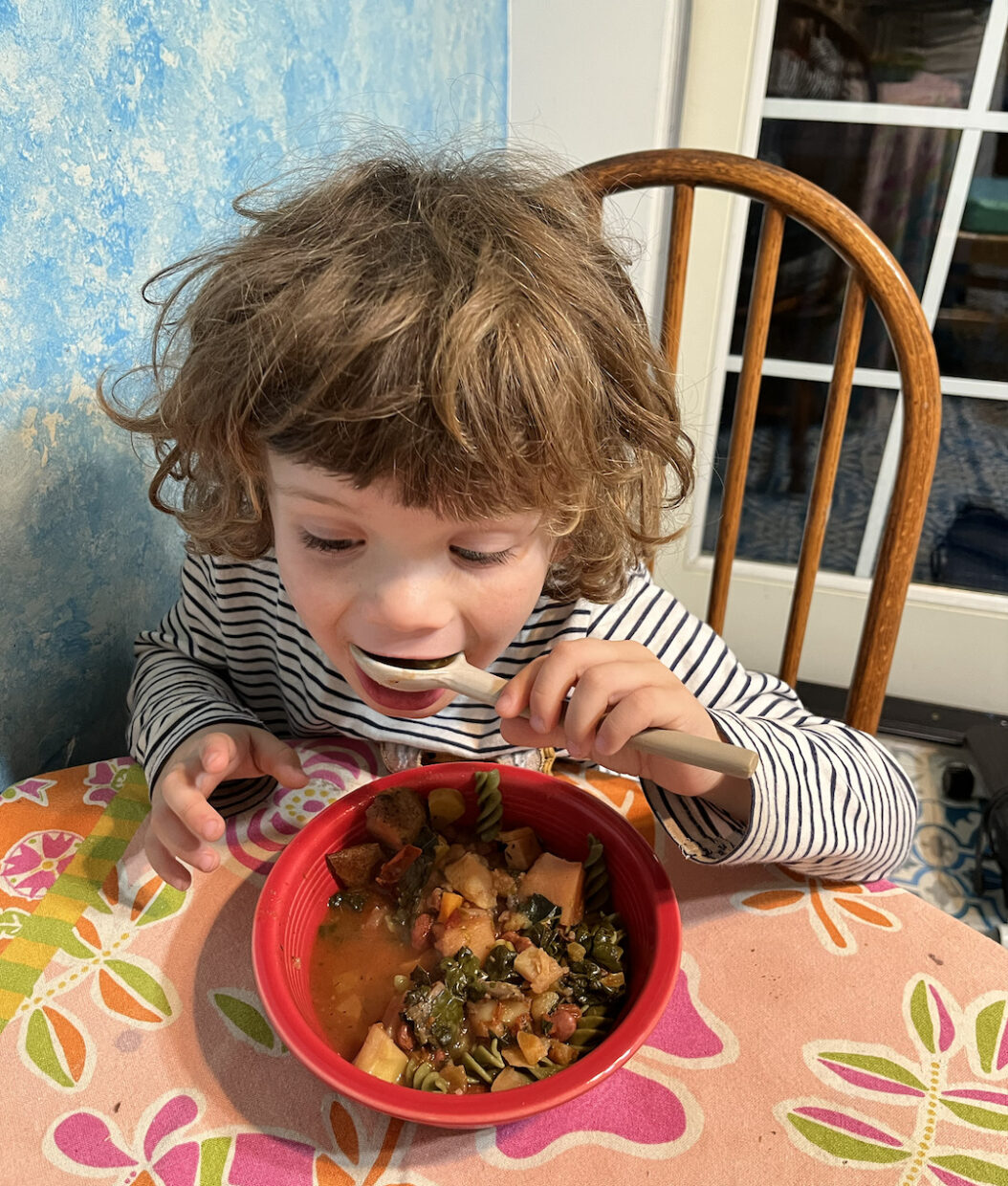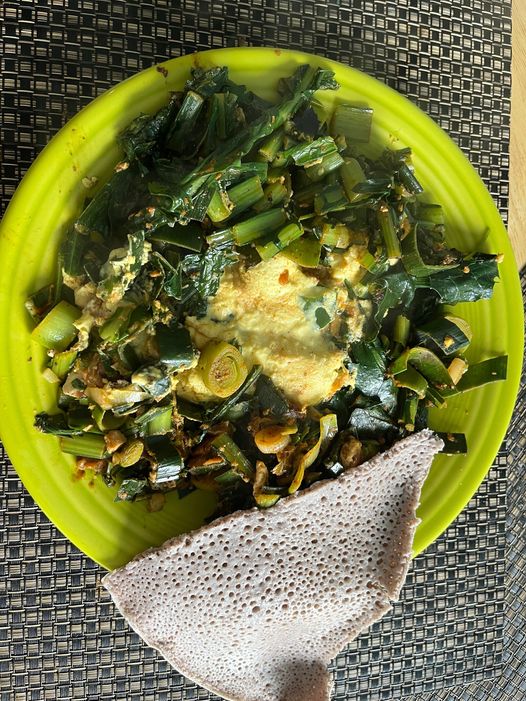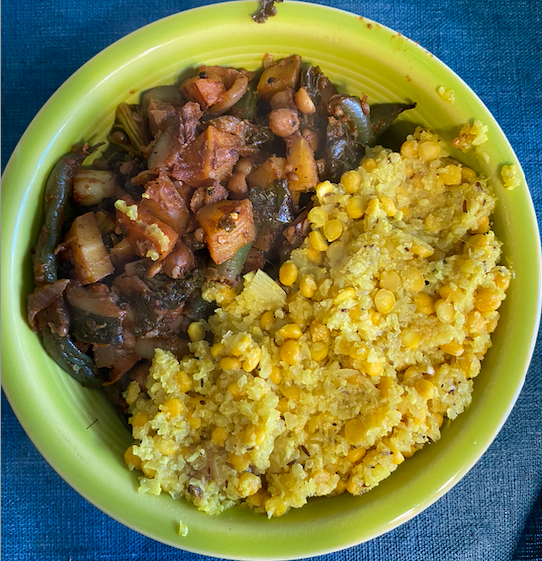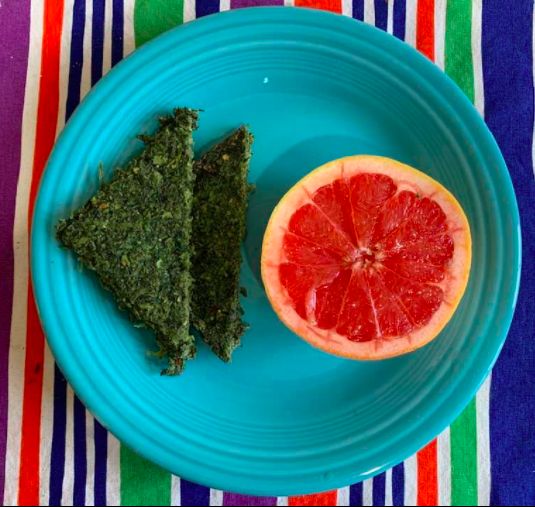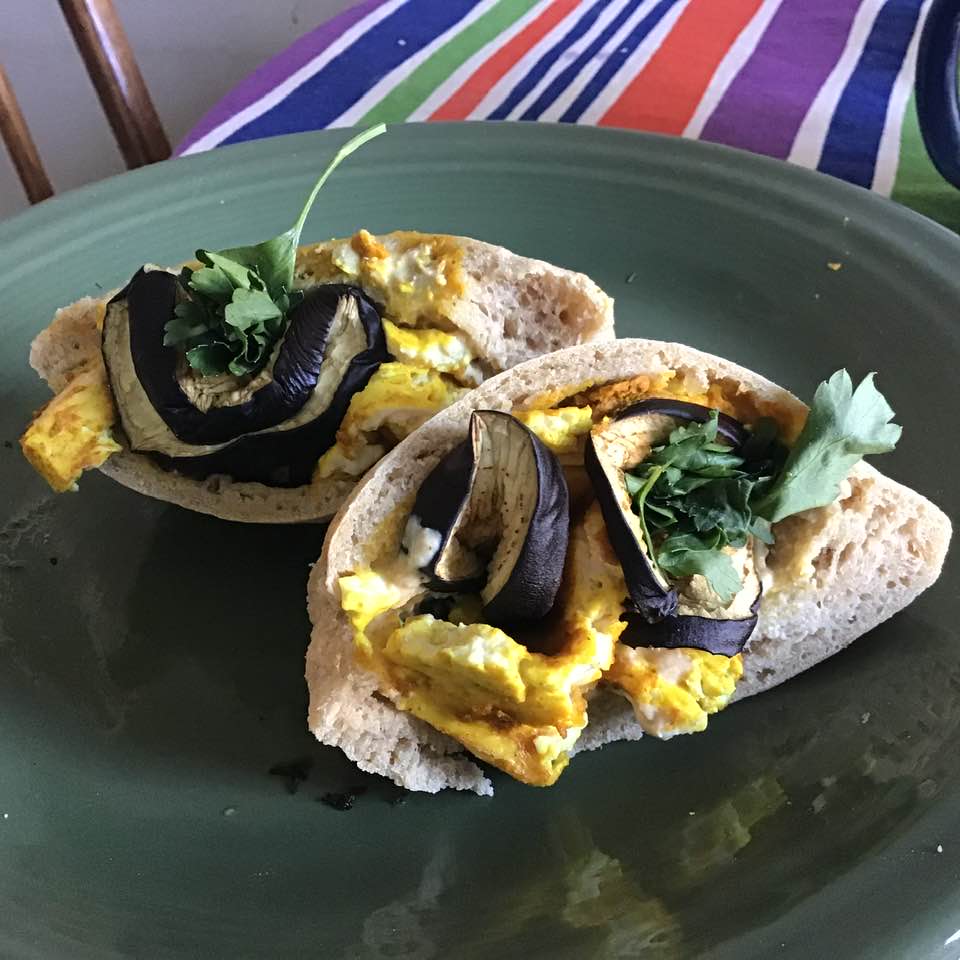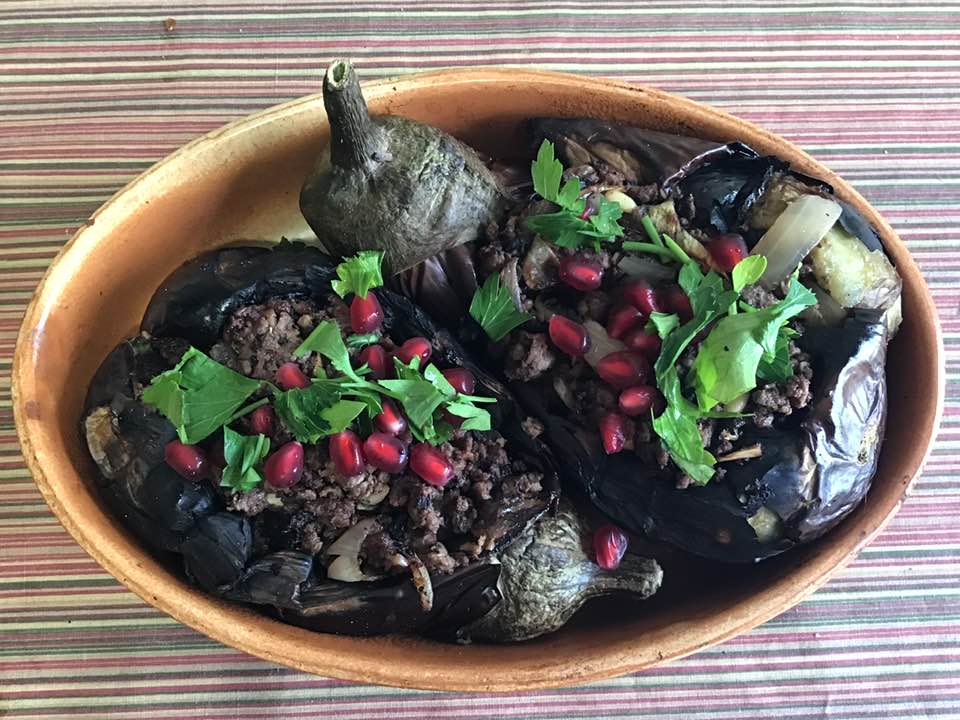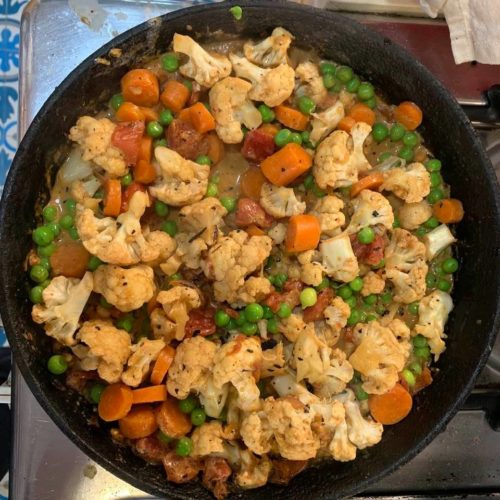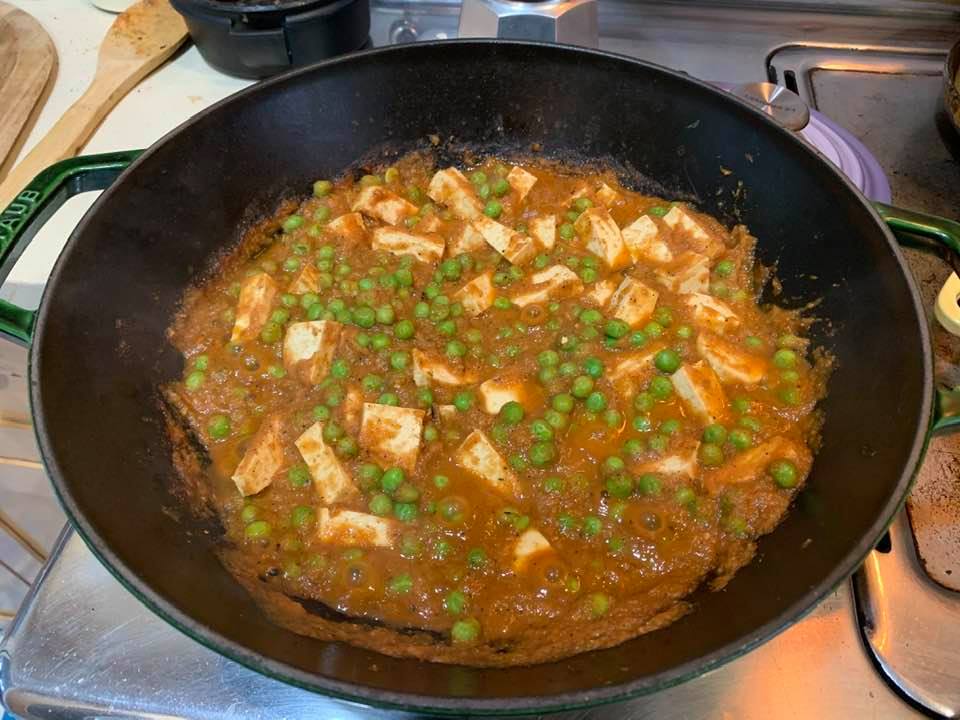This year presented so many challenges, and the emotional and physical ones ended up being embroiled together. While dealing with unprecedented amounts of grief and stress, I was diagnosed with asthma and with joint inflammatory issues (arthritis, tennis elbows, tendonitis). This means, unfortunately, taking a break from lifting and boxing, and the shoulder/arm issues also mean no swimming for a while; however, I’ve found other ways to work on strength (weighted vests and plyo); in addition, I’m looking at ways to support my healing with nutrition.
So, I dove into PubMed and various other places to get some information on anti-inflammatory foods, and then branched on to various complementary healthcare providers. I found a great deal of overlap, but some fundamental contradictions between the different sources; this is the first post in a series of posts examining how getting back to first principles of whole foods will help support my recovery.
Here’s what everyone seems to agree on:
- Vegetables and fruit are good for you – prioritize fresh produce.
- Especially beneficial in the produce department: greens and berries.
- Mushrooms, turmeric, ginger, alliums (garlics and onions), and ginseng are anti-inflammatory foods.
- Stay away from overly processed foods.
Here is where the disagreements are:
- Some recommend staying off garlic and onion altogether, while some recommend eating lots of them.
- There’s a vocal anti-soy brigade and a vocal pro-soy brigade (the soyphiles have it over the soyphobes).
- There’s a lot of chatter–but very little scientifically sound evidence–about nightshade vegetables (tomatoes, peppers, eggplant, potato) and their gut-related harms. The mainstream medical consensus seems to be that whatever alkaloids they contain are considerably below the threshold that would make anyone ill and that avoiding them makes no sense.
- Lots of chatter about avoiding wheat and dairy alongside chatter that says it’s nonsense (the evidence is inconsistent, though of course substituting white wheat with whole wheat and other whole grains is beneficial, as is going for the grains themselves rather than flour products).
- There are pro-juice voices (concentrated vitamins) and anti-juice voices (too much sugar, not good to eschew fiber).
- The classic avoid-grains-and-beans folks (who then recommend fish and eggs) are still around, versus the whole-food-plant-based folks (who recommend avoiding fish and eggs) – the mainstream consensus seems to be that getting adequate protein from natural sources can fit in an anti-inflammatory diet, regardless of its animal/plant provenance.
- There’s some pro-olive-oil advocacy and some anti-all-extracted-oils advocacy.
It’s hard to trust various seemingly scientific publications found in PubMed; the n of the different studies is very small, there’s little evidence of systematic double-blind methodologies, and the analysis often does not make sense. In the absence of this sort of evidence, I feel pretty bewildered by the abundance of nutrition charlatans around me and it’s hard to know who to trust. It’s also possible, of course, that all these chronic issues are just coincidental, and that the joint stuff is purely a function of overuse, but the malaise that accompanies it makes me doubt that. At least the perimenopausal symptoms are at bay.
In the meantime, I am going to do what makes sense from all perspectives: prioritize vegetable juices and teas that include fresh roots of ginger and turmeric (carrot, lemon, cucumber, and ginger seem to be good delivery vehicles for these); add turmeric, various mushrooms, and alliums to my food; have a berry snack with nuts (or nut cheese); and throw big handfuls of greens into almost everything I eat. Let’s see if these measures can help me get back to the barbell sooner!
